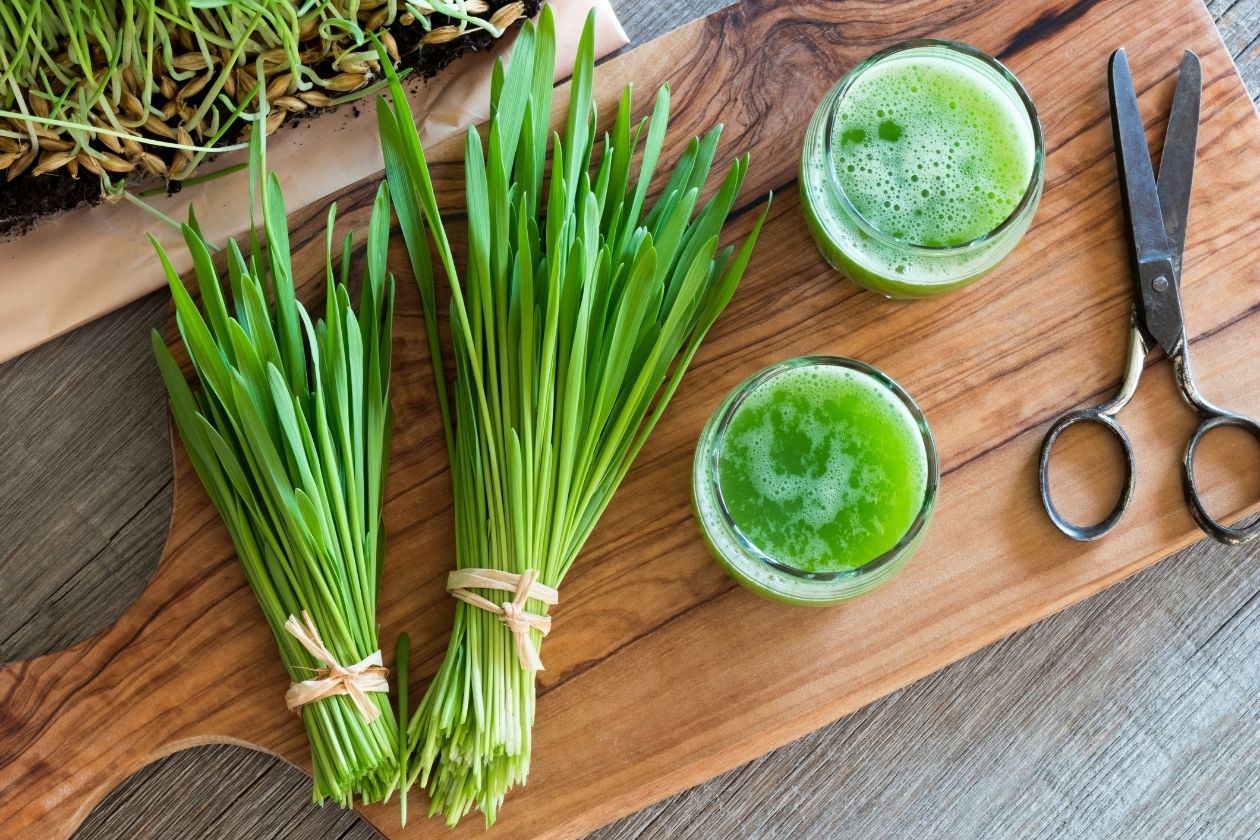It’s no secret to the juicing world that wheatgrass is a major source of health benefits. However, these benefits will depend on how well you execute the wheatgrass juicing process. Explore this post to learn more about how to juice your wheatgrass in the most beneficial way.
Table of Contents
Dos
Inspect Before Juicing
It’s essential for the wheatgrass to be in its freshest state to reap the most benefits from it. Inspect your wheatgrass before the juicing process to ensure none of the sprouts are yellow, nor does it have any mold growth. It’s easier to avoid these symptoms by harvesting early on.
Use a Wheatgrass Extractor
Out of all the dos and don’ts of juicing wheatgrass, this tip is most important to yield the best wheatgrass juice. A blender can damage the enzymes of your wheatgrass and cause the chlorophyll to oxidize, which alters the taste. Using a wheatgrass extractor is ideal because it extracts the most nutrients and leaves the least amount of pulp behind.
Don’ts
Wait To Drink
The procedure of both making and drinking wheatgrass juice relies on good timing. Wheatgrass juice can spoil quickly after preparation, especially when left at room temperature. Plus, exposing wheatgrass to air kickstarts the spoiling process and nutrient loss. The best time to drink wheatgrass juice is within the first 30 minutes of making it.
Freeze or Refrigerate
You shouldn’t refrigerate wheatgrass juice because it can deplete the quality and prevent you from gaining the most nutritional value from it. Refrigerating or freezing it may slow the spoiling process down, but it will alter the taste and deplete the nutrients of the juice in the process.
Next time you’re incorporating wheatgrass into the menu of your juice bar or in your kitchen, remember the dos and don’ts of juicing wheatgrass to yield the healthiest and most beneficial form of this powerful extract.




